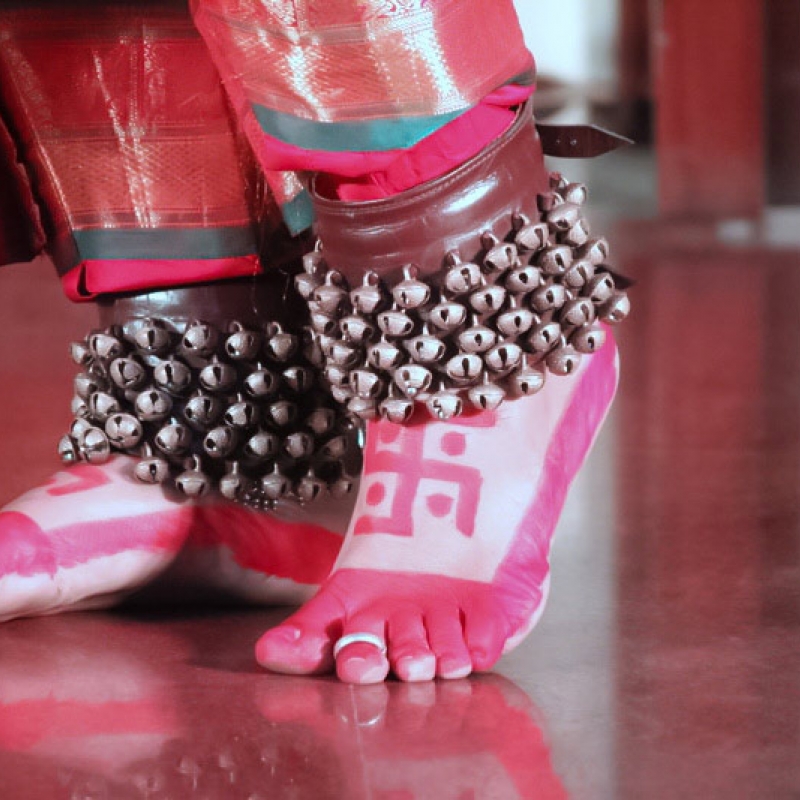The concept of jewellery is an ancient one as is evident in the excavation samples from the sites of ancient civilisations, such as the Dancing Girl bronze statue belonging to the Indus Valley Civilisation. This desire to adorn oneself with jewellery is, however, not confined to any given class or community. Jewellery is not only an expression of one’s aesthetic sense, but also fulfils various customary and religious needs. Human beings are known to have crafted jewels for gods and goddesses; and ceremonial animals like bulls, cows, elephants and horses. Since ancient times, the tradition of gifting jewellery has also prevailed.
Ornaments are not only adornments for the body, but they also denote rank and dignity in society. Wearing certain kinds of ornaments have their own meanings and have been distinguished by some well-established social conditions. For example, the crown or mukuta till this day has remained the prerogative of royalty; and many battles have been fought in the name of the crown.
The Sanskrit equivalent of ornament is bhooshana; the verb bhoosh means ‘to adorn, deck or decorate with’. According to Kalidasa, in the Meghaduta, the Kalpavriksha (wish-fulfilling tree) alone was capable enough to yield all kinds of ornaments desired by the ladies of the celestial world. In fact, it is astonishing that early sculptures found all over the world display more of jewels or ornaments on the body than garments. Jewelled ornaments derive their names after the individual parts of the human body they adorn—necklace is kantihara, earring is karnapatra, anklet is padangada, paadapaala, etc. We can find a minimum of one ornament for adorning each part of the body.
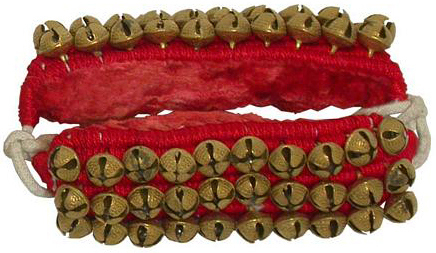
Fig. 1. Anklets worn by Bharatanatyam performers
Ghungroos or Noopura are one of the main pieces of jewellery tied to the feet of classical Indian dancers for the purpose of rhythmic accompaniment. The custom of wearing noopura has its own tradition and ritualistic nature in Indian dance and drama. This article concentrates on a type of anklet, the ghungroo or noopura, which is tied to the feet of classical Indian dancers for the purpose of rhythm. The anklets are called by varied names, as per different regions:
Prakrit: Neura, Nedhura, Neeyura
Kannada: Gejje, Noopura, Anduge, Kinkini, Nevura, Todaru
Telugu: Gejja, muvva, Sakkada, Anduga
Tamil: Silambu, Sathangai, Salangai, Kolusu, Kalil, Thandai, Patharasam
Malayalam: Aankukal
Odisha: Pajeb
Gujrati: Pagani, Ghoonti, Aane paataala, Nepur
Marati: Takhad Ghanta, Paayaat, Bhudake paijan, Vaala, Saakhalya
Panjabi: Pajeb, Payal
Hindi: Chadaa, Charaa, Chalaa, Cchalla, Chaagalaa, Chugoon, Ghoonghiyaa, Ghoonghi, Goojari, Ghod, Godharaa, Grinduk, Gunghoor, Laccha, Manjeel, Pandu, Payaliaa, Payanache, Painjani, Paajeb, Saankdaa, Saankaar, Thoda
Types and Patterns of Noopura
Chaturvidhantu Vijneyam Dehasyaabharanam Bhudaih
Avedhyam Bhandaneeyam cha prakshepyaaropaketatha
Prakshepyam Noopuram vidyaadwastraabharana mevacha
In the section of ahaarya abhinaya, different varieties of ornaments are distinguished into four major types, called Avedhya, Bandhaniya, Prakshepya, Aaropya (As explained in Naṭya Shastra of Sage Bharata). Among them, Prakshepya (ornaments to be worn) are the anklets, as they spread around the sole and ankle.
In Amarakoshodghatan, the earliest commentary to Amarakosha, Kshiraswamy gives the meaning of noopura as an ornament which, on account of its agreeable sound, praises or extols (nuvati) every step of a lady at the time of movement.
In Shabda Kalpadruma, the nineteenth century Sanskrit lexicon, the meaning of noopura is given as: ‘Nuvati noopuram; navanampoorayati vaa noopuruam/Nuvi purati iti Noopura.’ Here, ‘pura’ means agra gamana (forward march) though it also means antahpura or ‘royal female quarters’. According to Scholar S.P. Tewari, the sound of the anklet specifically indicates the existence of female quarters and the movement of ladies within (Tewari 1982). Historically and traditionally, the sound of the anklet has been a reminder and confirmation of female presence.
Bharata mentions four types of noopura in Naṭya Shastra: noopurah, kinkinikas-cha, ghantika-ratna-jalakam, sa-gohoshe katake kataka (noopura, kinkinika, ratna jalaka, saghosha kataka).
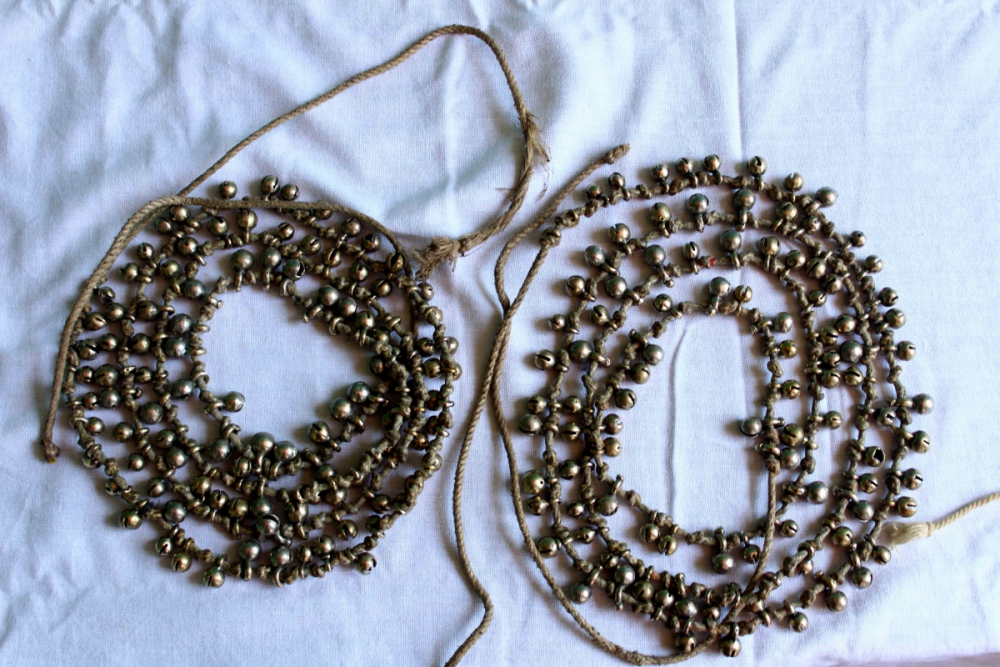
Fig. 2. Anklets of Devidasis in possession of late Keremane Shivarama Hegde; now preserved by Keremane Shivananda Hegde
Kinkinika is a type of anklet which has small bells attached to it, whereas ratna jalaka covers almost the entire foot of the wearer. In Abhinavabharati (Abhinavagupta’s commentary on Naṭya Shastra), ratna jalaka is defined as ‘ratnakalakam prapadachchhadakam’, meaning an anklet which keeps the fore part of the foot covered, almost like a net. In several of his poems and plays, such as Raghuvansha, Ritusamhara, Kumarasambhavam, Vikramorvashiyam, Shakuntala, etc., Kalidasa refers to various types of anklets like kinkini, maninoopura, etc. Tewari (1982), however, is of the opinion that maninoopura and ratna jhalaka might be the same.
Saghosha kataka is a ring-like anklet of the kataka variety which also produces an agreeable sound (sa-ghoshe sa-sabde katake), and might be considered the prototype of the modern manjeera anklet.
The kadi or khada anklet may be a precursor to noopura. When it was worn by men—which was the practice in olden days—it was called khadaga or kadaha. In the Rig Veda, the term ‘kataka’ denotes either anklets or armlets. The word kataka, however, means a ring. In Harshacharita, Banabhatta refers to a category of foot soldiers who were known as kataka-kadambaka. They were called so because they wore a golden armlet or kataka as a token of their identity. Though the word kataka can be interpreted variously, when it refers to the anklet, it would mean a simple ring, fashioned from a metallic bar and worn just above one’s ankle. Khada anklets are seen in Bharhut sculptures where females are depicted wearing a coil-like ornament around their ankles. However, the solid metal bars would not produce sounds as is the case with noopura or manjeera. But the reference of saghosha kataka also gives the imagery of those anklets which are a combination of kataka and manjeera. More of such examples can be witnessed around India. There are different kinds of designs also seen—like open ended, or close ended with a twist. Based on such a slightly tight fitting variety, later on, the craftsman may have developed somehow broader and little more artistic type of ornaments-padangada. In Orissa, there is a variety of anklets known as paunji nupur, and in Coastal Karnataka there is a variety of saghosha kataka called ghagghara, which are worn on auspicious occasions of worship. Both paunji and ghagghara seem like a combination of manjeera and khadaga, adorned with beads, which produce heavy jingling when used in dance. Studies of sculptural details from various dynasties reveal more patterns of noopura. For instance, 14 varieties of anklets are represented in the Bharhut sculptures only. Initially, noopura was the only term used to denote all varieties of anklets.
Later, new names evolved on the basis of their pattern, usage and combination. In Amarasimha’s Amarakosha, eight synonyms for anklets are listed. They are mainly grouped according to the sound they produce or do not. Following is the passage in Amarakosha that refers to the grouping of different anklets:
Padangadam tulakotirmanjiro nupurostriyam
Hamsakah paadakatakah kinkini kshudraghantika
While anklets like padangada, tula-koti and noopura produce sweet jingling sounds, anklets like hamsaka and paada kataka produce no sound; again when kinkini and kshudra ghantika are attached to girdles or anklets, they enhance their sound.
Amarasimha speaks of manjeera in the same breath as noopura. Kshiraswamy has explained it as ‘Manju madhuram irtyati iti manjeerah’ and ‘Manju manoharam iryati dhvanati iti manjeeraha’, meaning manjeera is an ornament that produces a sweet sound. The twelfth century Sanskrit poet Jayadeva too has appreciated the quality of manjeera in Gita Govinda[1]:
mukharam adhiram tyaja manjiram ripum iva kelisu lolam
cala sakhi kunjam satimira-punjam silaya nila-nicolam
dhira-samire yamuna-tire . . .
(Sakhi, go! Move in the direction of that kunja. Take off these dangerous enemies, your ankle-bells. They talk loudly when you walk and they shake when you enjoy union. Put on this dark blue garment.)
S.P. Tewari, in his book, Noopura: Anklet in Indian Literature and Art, quotes the opinion of Art Historian and Sanskrit Scholar, C. Sivaramamurti as follows:
The name manjeera is derived from the way it resembles the coiled strings on the churning stick entwining the leg above the ankle. The name, in all probability, points to the tube, being hollow within and filled with small stones, which produces a beautiful sound at the time of walking. Scholar, Historian V.S. Agravala says that it could be associated with modern anklets like jhanjha or jhanvara (Tewari, 1982).
The features of padangada anklets, broad and intricately designed, were perhaps inspired by the ancient tula-koti type of anklets. Tula-koti is referred to in the post-Gupta literature as the tip of a scale beam. Its mobility enables it to move up and down along with the foot’s movement. This type of anklet is still in use in Andhra Pradesh. Again, the anklets used in states like Rajasthan, Uttar Pradesh and Bihar (Golaharaa/Golasankara) also bear a close resemblance to the tula-koti.
Among the soundless anklets, hamsaka, as the name suggests, resembles the shape of a hamsa or swan. In his commentary to Amarakosha, Kshiraswamy has explained it thus: ‘Hamsavat kaayati hamsakah’, meaning that ‘the anklet hamsa may be devoid of sound but its shape resembles that of a swan’.
The anklet kinkini seems to have derived its name from its tiny bells that produce tiny sounds— ‘kinchit kinati kinkini’, according to Amarakosha. It is also mentioned as jhinjhini in some other texts. Same goes with kshudra ghantika—‘kshudra’ meaning small and ‘ghantika’ meaning bells. According to Amarakosha, the kshudra ghantika type of anklets are also used in the varieties of taala (cymbals), whereas kinkini was employed by courtesans as their trademark in the flag posts (dwaja) of their houses.
Manasollasa[2], the early twentieth century Sanskrit text composed by the South Indian King Someshwara III of the Kalyani Chalukya dynasty, deals with 20 kinds of upabhogas or enjoyments where he describes the many kinds of gems, jewels and ornaments under the title Bhooshapabhoga.
He mentions four major types and two sub-varieties of anklet patterns. They are as listed below:
Paada Chudaka
Hastachoodakaa vajrasya janghakaaandapramanakau
Nana ratnaachakachitau vikhyatau padachudakau
Suvrnarachitau kaaryau tribhagekritakhandanu
Sandhideshe susamshlishtou kilakenacha keelitau
Chaturashrau Shadasrau va thath-ashtasrau cha kaaryet
Sauvarnair budbudai ramayaih panktisthair va virajitau
It is made of a gem called hasta chudaka and further inlaid with many other jewels. It is supposed to be the size of jangha-kaanda or the upper part of the leg.The ring in the ornament may be divided into three parts which remain linked with the help of three nails. Four to six or eight joints can also be made. It may be decorated with either golden ball like dots or lines, fixing of diamonds and other stones and golden threads.
Paada Kataka/Paada Bhushana
Slakshanau vaa kanti samyuktau naadavaantaathapi va
Ratnairva vividhairyuktau katakau paadabhushanau
This variety has a smooth and shiny appearance. It produces a jingling sound and is adorned with gems and jewels of various kinds. Gold is the main metal used to make paada kataka. The varieties of saghosha kataka explained above may fall under this category.
Paadapaala
Tripancha shrinkala klriptau nanaratna Shataihkritau
Keelakaahitasandhi tau paadapaalavitiritau
This seems to be comparatively of a later origin and can be considered as the precursor of the modern paayala. It is made of three to five chains joined together at a pivotal point, governed by a nail. It is adorned with a variety of stones. Sometimes it is attached with kinkinis too.
Paada Ghargharika
Kinkinyah svarna rachita guna gumphita vigrahah
Naadavantyah suramyastah paadaghargharikaabhidhah
This precedes the ghungroos used by dancers today. It is made of tiny gold bells strung or twisted together with the help of a cord. They produce the most pleasing sound. Modern ghungroos used in Indian classical dances have small brass metallic balls with smaller metallic balls inside. They are then strung together and worn just above the ankle.
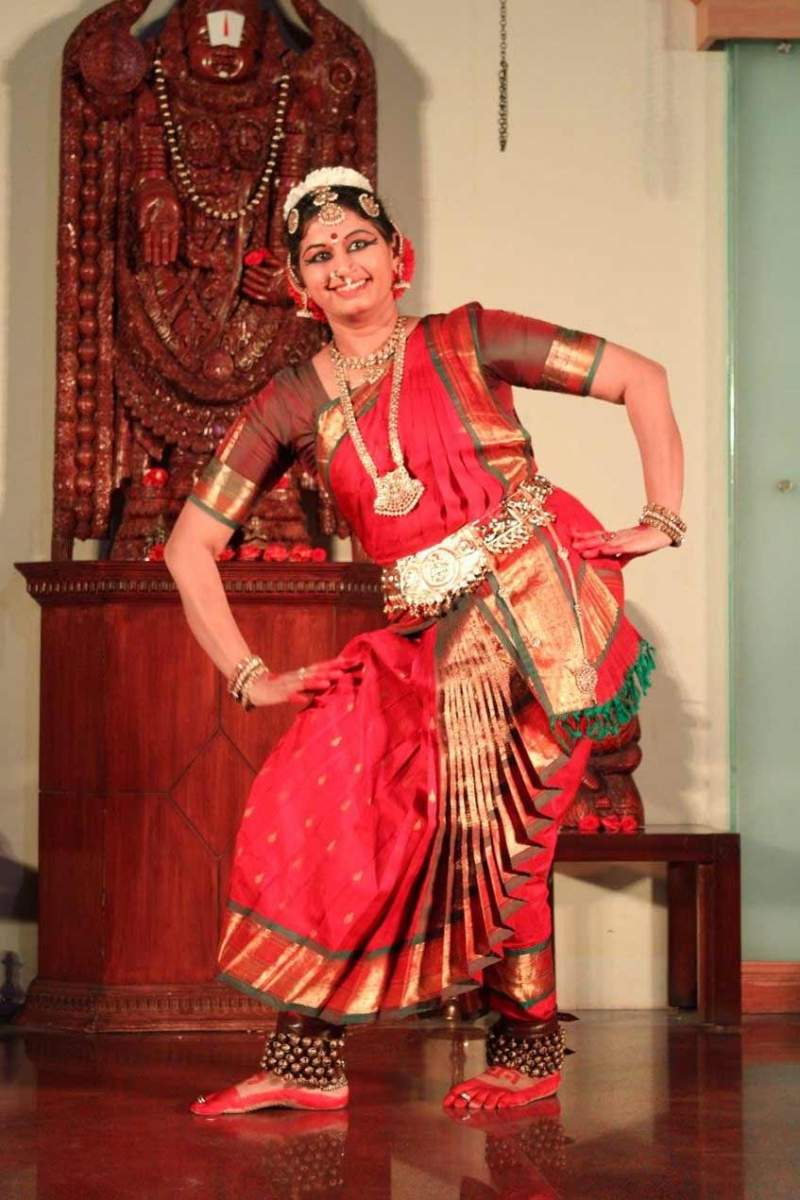
Fig. 3. A Bharatanatyam pose by Dr Shobha Shasikumar (Courtesy: Pooja Balasubhramania)
Raadhaka and Anduka
Idrigroopa samaakaara naanaratnairvinirmitiau
Dvaiheenah sushobhadhyaah raadhakaah parikeeritaah
Aayataascha suvakraascha katakaakaarairmitaah
Andukaa iti vikhyaataa yoshitam paadabhoosham
Both of the above are varieties of paada ghargharika. Both are of the same type and size. Raadhaka doesn’t produce sound and anduka is broader and curved like a ring. Both are adorned with a variety of stones.
Thus, metal anklets can broadly be classified into two types—flexible and inflexible. The flexible anklets like paayal, ghungroo and kinkini are made by tying links in a chain to which small tinkling bells can be attached so that pleasing sounds are produced with every movement of the wearer. Sometimes the pitch or sound will vary greatly depending on their metallic composition and size. Inflexible anklets like khadaga and hamsaka are soundless ones and are fashioned from metal sheets.
References to Noopura in Indian Epics and Classical Literature
The antiquity of noopura can be traced back to the Vedic traditions. Valmiki Ramayana mentions the noopura as the only ornament of Sita that Lakshmana could identify from all her other apparel and ornaments. Valmiki describes Sita’s noopura in these words:
Charanan-noopuram bhrashtam Vaidehya ratnabhushitam
Vidyunmandala sankasham paapata dharaneetale
Valmiki notices that Sita’s anklets drop down on earth when she is being forcibly carried away by Ravana. But he doesn’t bother to re-trace it. Kalidasa, on the other hand, emphasises on the lost noopura. When Rama returns to Ayodhya with Sita, he shows her the place from where he recovered her lost anklets. Kalidasa remarks that the anklets had lain there quietly because of its sad separation from Sita’s feet.
Valmiki speaks about the koojita (cuckooing or jingling) anklets, and also about massive (mahaanti) anklets producing sweet sounds (svanavanti). He also picturises the anklets worn by the drunk and dozy damsels in Ravana’s palace. They easily slide off their ankles and hence they are called udbhruanta noopurah.
There are innumerable references to noopura in the Mahabharata and Astadasa Purana. We come across noopura in Kautilya’s Arthashastra, Bhasa’s dramas, in Ashvagosha’s poetic works like Bhuddhacharita and Saudarananda, Vatsyayana’s Kamasutra, Sudraka’s Mricchakatika; Kalidasa’s works like Vikramorvashiyam, Malavikagnimitram, Shakuntalam, Kumarasambhavam, Meghadutam and Raghuvamsham, etc. Explanations for noopura can be found in Sanskrit monologues (bhani) of Syamilaka and Vararuchi, in Subandhu’s Sanskrit romantic tale Vasavadatta, Bhanabhatta’s Kadambari, Bhavabhuti’s Utttararamacharita, Bharavi’s Kiratarjuniya, Magha’s Shisupalavadha, and in the works of Sriharsha and Dandin. Even Buddhist literature elaborates on anklets and its antiquity in different stories and sequences.
Ghungroo plays a major role in the Tamil Sangam classic Silappatikaram, literally translated as ‘The Tale of the Anklet’. It narrates the life of Kannagi, a woman from a rich family in Puhar, the Chola capital, who fell in love with and married Madhavan. After a brief turbulent period in her married life, Kannagi and Madhavan moved to Madurai, the Pandya capital, where the husband tried to sell off his wife’s cilambu or anklet to the royal goldsmith. At the same time, the goldsmith who had stolen the queen’s anklet, given the opportunity, framed Madhavan for it. Unfortunately for Madhavan, everyone believed the goldsmith, as both the queen’s and Kannagi’s anklets looked alike. Madhavan was immediately put to death on the orders of the king. Kannagi then rushed to the palace and proved her husband’s innocence, too late by then, of course, by breaking her other anklet in front of the king and the court. Her anklets had rubies within while the queen’s had pearls. The symbolism of the anklet is present throughout the story like a shadow, as it appears in different places and with different owners. Sometimes it connotes female beauty and chastity or seductiveness, and at other times, it evokes loss, culminating in rage and vengeance.
Saintly poet Tulasidas also recognises the allurement of noopura in Ramacharitamanasa and registers it in the statements of no less a person than Rama himself (Tewari 1982).
Kankana-kinkini Noopura dhunisuni
Kahata lakhana sana rama hridaya guni
Maanahu madana dundhubhi dinhi
Manasaa visvavijaya kahan keenhi
Meera in one of her devotional songs, says that she danced endlessly in the love of Lord Krishna, after putting her ghungroos on—paga ghunghuroo bandhi meera nachee re.
Poetic Fancies on Noopura
Banabhatta in his Harshacharita says that Goddess Saraswati’s steps were rhythmical as her pair of anklets (noopura yugala) jingled in accordance with her movements as if they were two disciples of hers.
Shishyadwaen iva padakramamukharena
Noopurayugalena vachalita charana
Ashoka dohada or taru dohada was a popular poetic fancy among the many Sanskrit poets. This explains the duties of ladies who incorporated anklet-wearing. The red Ashoka tree blossoms when it is kicked by the decked-anklet-worn-feet of beautiful young ladies who are decoratively seated on elephants. The epic poetry like Raghuvamsha, Kumarasambhavam, and plays like Malavikagnimitram etc. have all given the reference of Ashoka dohada.
Early Sanskrit poets also loved to compare the jingling of the anklets (noopura sinjana) to the sound of swans (koojana ravaruta)—for example, in Ritu Samharam.
Poets like Kalidasa, Sudraka, Ishwaradutta, Syamilaka, etc., have also highlighted the role of the sound of anklets in case of abhisarikas when they go out at night to meet their lovers. Ishwaradutta says it is a great advantage to the abhisarika if she wears anklets: Noopuradharanam hi mahad upkrute abhisarikabhyah
Aesthetics of Noopura in Indian Dance Traditions
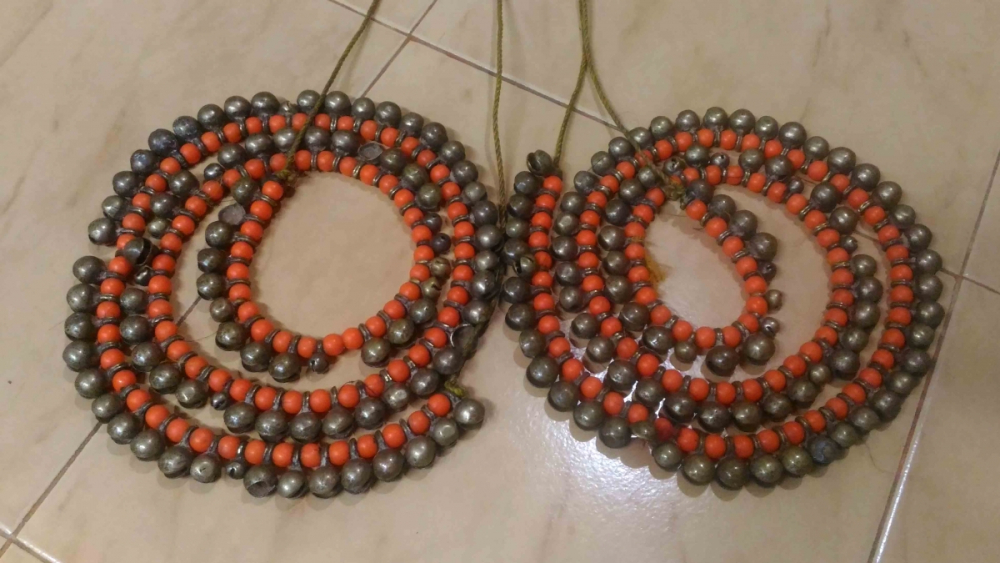
Fig. 4. Yakshagana anklets (Courtesy Vishnu Prasad)
Though almost all classical and semi-classical dance forms of India are inspired and influenced by the Natya Shastra and Sanskrit literature—each is distinct, with its application of rhythm, language, lyrics, costume and music because of its regional influences. Noopura or gunghroo is one of the common elements that binds them all. It is also used in most folk dances of India as well. The dancer wears the ornament only when he or she is ready and about to enter the stage.
Unlike the Western dances that use Akashacharis (light flying moves) which concentrate on light movements of the body; Indian dances involve heavy foot movements through its Bhoocharis (grounded heavy moves) with the combination of other body movements. Ghungroo symbolises the connection of the dancer closely with Mother Earth.
Indian dances often involve heavy foot movements along with other body movements. It is easy to notice and appreciate the abhinaya, and the movement of eyes, torso and limbs of a dancer—but it might not be so easy to follow footwork. The footwork actually constitutes individual and complex movements of ankles, toes, heels, knees and thighs with the intricacies of rhythm. It may be said that the entire performance banks heavily on the footwork of the dancer. Herein lies the significance of ghungroo in dance. Ghungroo complements the heavy foot movements. It accentuates and embellishes the footwork, enhancing the appreciation of the rhythm. Ghungroo augments the movements or expressions of the dancer and makes the audience listen to the complex footwork. Surprisingly Manipuri dancers don’t wear gunghroos as they believe it is not suitable to their subdued footwork.
Ghungroos act like a flag or badge by serving both decorative and functional charm simultaneously, and heightens the performance by leaving an everlasting sound impression in the minds of the audience. The rhythmic sound of tiny bells intensifies acoustically and corresponds exactly to the accompanying instruments. It allows the dancer to be in tune with the music and stay in rhythm; if not for ghungroo, the cadenced movements of the feet would be suppressed by the loud music of the mridanga, tabla, pakhawaj, etc. It also plays a vital role in maintaining the balance when the dancer makes circular dance movements like bhramaris or chakkar.
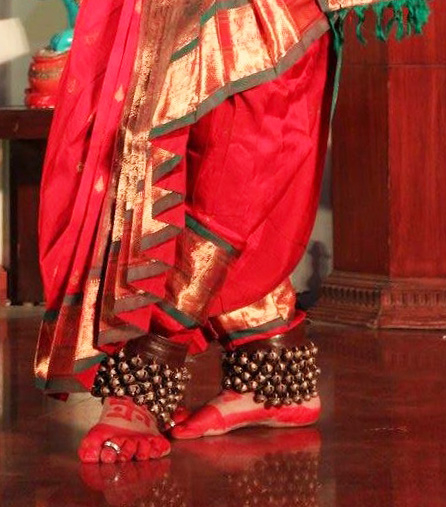
Fig. 5. Bharatanatyam anklets (Courtesy: Pooja Balasubramania)
There are certain dancing techniques that heighten the effect of ghungroos. A knowledgeable and skillful dancer can certainly produce variations of sounds by jingling one bell or multiple bells at a time. For this, he or she needs intensive training of his/her lower limbs. The Kathak dance style has effectively developed this skill, and its dancers can affect variations of sound by moving one bell or multiple bells at a time so that sound may range from mild or tender to strong and loud.
Majority of dancers depend on brass ghungroos as they are quite durable, easily available, reasonably priced and produce strong sounds—but it is not known even among the dancers that the tinkling sound of bronze and silver bells are sweeter and more refined. The older and more used they are, the sweeter the sound. Many of today’s dancers may not be aware of this, and, in fact, very few people today possess bronze or silver anklets.
Method of Wearing Ghungroos
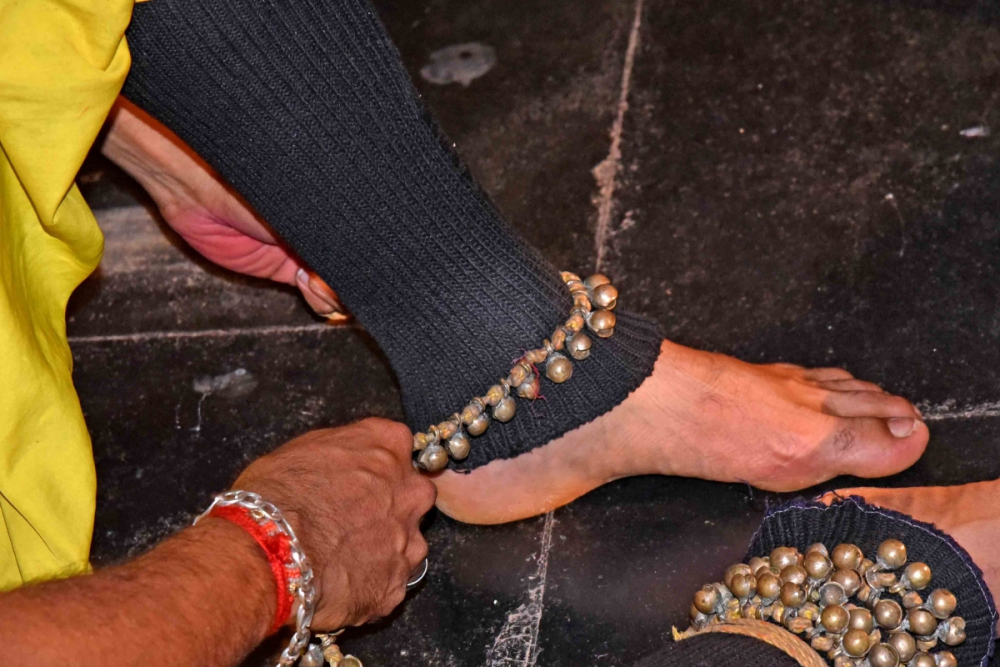
Fig. 6. Yakshagana artiste wearing ghungroos
Indian dancers generally consider their ghungroos very sacred and worship them before tying it on their legs prior to the performance. It is a very special day in a dancer’s life when new ghungroos are purchased for an arangetram or rangapravesha (debut); it also involves a ritual called gejje pooje or salangai pooje, where the guru, elders and well-wishers get together on an auspicious day and offer the ghungroos to the deity. Gejje pooje was a very significant ritual in the Devadasi tradition for becoming a devadasi. It is evidently shown in Indian literature, films and documentaries too.
Before getting on to the stage to perform, the dancers offer the ghungroos to the deity and then to the guru and invoke their blessings. Again, the dancer is expected to keep his or her ghungroos safely and never leave it around carelessly, and definitely not share it with any one. But if one’s own guru shares or hands over his or her ghungroos to the disciple, it is considered a blessing and great honour.
There are several methods of tying gunghroos to one’s legs. According to Abhinaya Darpana (treatise on stage-craft by Nandikesavara) and later treatises, gunghroos should be fixed on a blue-coloured cotton string with knots. There should be 100 and 200 ghungroo bells on the right and left legs, respectively. Nowadays, a string of gunghroos can range from 50–200 bells and, for the sake of convenience, these bells are fixed on a leather or cotton/velvet strap in rows and tied to the dancers’ ankle. This custom is more popular in dances like Bharatanatyam and Kuchipudi.
The Kathak dancers, and to some extent, the Yakshagana artistes still follow the traditional way of wearing ghungroos. They use at least 100 bells for each leg which are fixed on one strong long cotton string. A child dancer in Kathak may start with using 50 bells, and will gradually add more as he or she matures and progresses in technical ability. The higher the number of bells on a dancer’s legs, the higher the expertise of the dancer. By the end of her learning, he or she will be able to handle 200 bells on each leg. Tying cotton-string ghungroos to one’s legs is in itself an art. It should be worn in such a way that each bell is clearly visible and that the string properly fits the leg—too tight means it might be painful, and too loose means it might come off.
Changes in Anklet Fashion
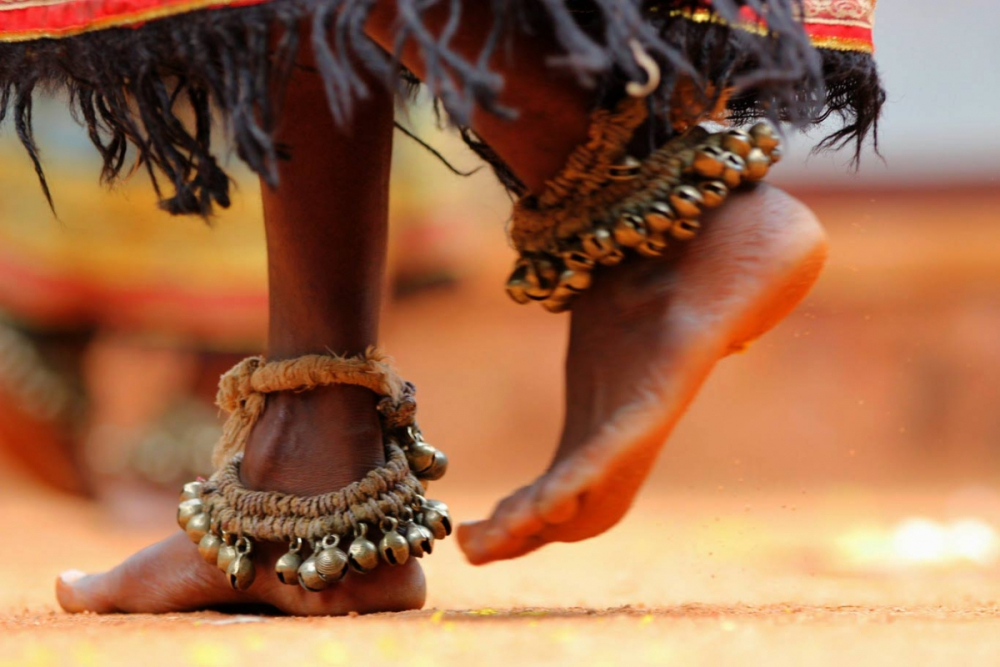
Fig. 7. Anklets worn by tribals in Karnataka
Anklets were a popular ornament for the women in India for a long time. With the passage of time, as civilisation advanced, an all-round change has been noticed in the quest for jewellery, and been displayed more and more by women alone. Now, the anklets index female ownership, and it is integral to the aesthetics of everyday or ceremonial adornment, accentuating femininity.
There are a variety of anklets in India. Apart from the above mentioned ones, there are open-ended and close-ended designs with twists. Traditional Indian jewellery, consisting of voluminous gold pieces, has always been quite heavy. Apart from the dancers, heavy anklets are currently used only by rural and tribal communities. For instance, anklets of the Lambadi or Banjara community are very heavy and are made of brass. The Rajasthani tribal women wear silver anklets, which signify their tribal roots. Anklets worn by other tribes around the country are also made of silver or an alloy of silver. The warriors at war used to wear heavy silver anklets. They were either tied with the help of a hook or just worn as a round metallic ring with minimum designs.
Ghungroos used by classical dancers may still resemble their predecessors. Nowadays, ghungroos also find a place in the accompanying orchestras. However, with changing times, the contemporary trends allow anklets that weigh lighter. The fashion of wearing heavy anklets is declining in India and they are now available in lighter metals as well as in leather, wire, wood, plastic, nylon, beads, and even stones, at reasonable prices.
Notes
[1] Kannada translation in Author’s personal collection. Publication details not available.
[2] Quoted from Author’s personal collection. Publication details not available.
Bibliography
Rangacharya, Adya. 1985. Introduction to Bharata’s Natya Shastra. Heggodu: Akshara Prakashana.
Amarasimha. 2006. Amarakosha. Translated by Balasubhraswamy (in Kannada). Mysore: Prasarang Publication.
Tewari, S.P. 1982. Noopura: Anklet in Indian Literature and Art. Delhi: Agamkala Prakashan
